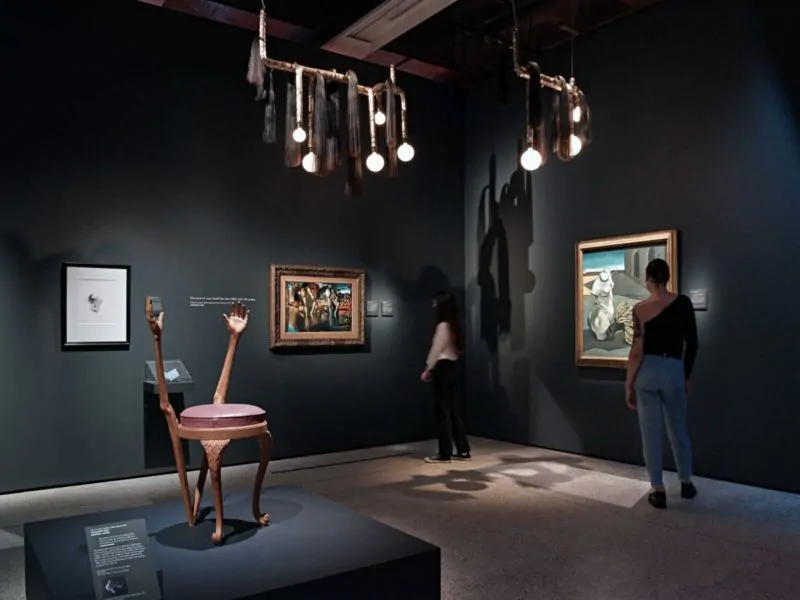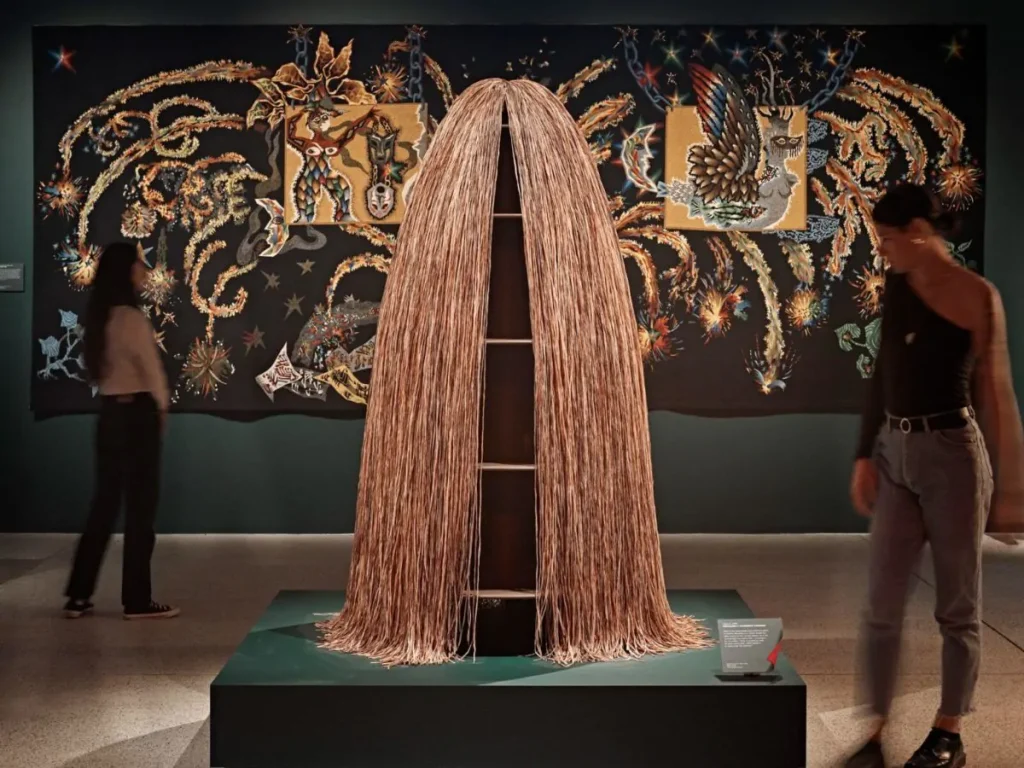In the aftermath of Dada‘s collapse, The notorious art movement that lost its edge due to its surge in institutional and academic rigidness, Surrealism arose , much like a phoenix rising from the ashes of its predecessor (Dadaism). André Breton, a former soldier and young doctor who been to the bulk of World War I and its atrocities, he spearheaded the early essence of surrealism. Brenton’s Military experience altered his perception of French society, he held it responsible for the mindless bloodshed of war. Brenton resorted to literature, writing rebellious poetry and manifestos which strongly condemned the rotten values of a society he perceived as distorted. His work celebrated the raw and primitive, touching on themes such as satire humor, eroticism, and madness. The iconic surrealist Salvador Dali captured the essence of surrealism when he stated:
“Surrealism is destructive, but it destroys only what it considers to be shackles limiting our visions”
This introductory article lays the groundwork for understanding how surrealism sought to question and expend our vision of reality, fueled by rebellion and a search for deeper truth.
The Essence of Surrealism, What are The Core Principles?
Surrealism’s essence resides in its attempt to bridge the gap between the dream world and reality, questioning traditional conceptions of the “normal”. Surrealism, which sprung from the ashes of Dada, sought to transcend the nihilistic satire of it predecessor by delving into the blurry depth of the unconscious mind. André Breton, influenced sharply by the tragedies and absurdities of World War I, founded Surrealism, embracing the odd and irrational. It was more then simply an artistic movement; it was a philosophical dispute against the rigorous rationality attributed to the war. Surrealists saw the beauty in the bizarre, and sought to disrupt the conventional through startling and illogical imageries.
They relied extensively on Sigmund Freud’s theories, plunging into the surreal sphere of dreams, subconscious thinking, and free association. Thus this method produced work that was visually exceptional and severely symbolic, often layered with meanings that defied simple interpretations. Marked by an emphasis on freeing the mind, this movement explored the untapped realms of visceral thoughts and emotions, thus revolutionizing contemporary art and extending its influence to reach literature , cinematography, and culture at large.

What is Surrealist Automatism ?
In the early days of Surrealism; the basis of artistic assessment was the artist’s capacity to tap into unconscious material. Surrealists such as Andre Breton and Phillipe Soupault experimented with automatic writing, putting themselves in dark rooms in an attempt to attain a semi-conscious frame of mind, pouring down spontaneously surfaced material. For such novel artists the process was the key axiom not the outcome, it was about unleashing visceral potential rather then making art for the sake of art. Inspired by such novel conduct that digs into the root of the human psyche, artists soon began experimenting with automatic quasi free-association drawings. These drawings which began as a unfiltered, unconscious creativity, frequently got polished, suggesting that they began as doodles but evolved into more deliberate art. Automatism, thus, evolved into an instrument for for inspiration, a means to unearth imagery from the depth of the subconscious.

The Enduring Influence of Surrealism on Modern Creativity
Surrealism’s persistent influence on modern creativity is broad and multidimensional, shaping various forms of contemporary art, literature, and cinematography. Surrealism’s legacy lies in its novel approach to creativity, which blurs the lines between dreams and reality. This movements has driven generations of artists to break lose of conventional boundaries, and explore the depth of their psyche. Advocating a transition past literal representation and towards more abstract, symbolic interpretations. Surrealism’s contribution to visual art is evident in the continuous obsession of dreamy imageries and experimental approaches. Furthermore, It has far reaching roots influencing magical realism and speculative fiction in the sphere of literature.
Surrealism exert a significant impact on cinematography, with directors such as Charlie Kaufman and others, employing surreal perspectives to produce visually immersive and thought-provoking narratives. Surrealism led to a larger public acceptance of the odd, bizarre, and unconventional, compelling artists to push the boundaries of their artistic expressions. It has fostered an artistic climate where questioning reality and exploring the subconscious are not only permitted but encouraged. The movement’s continuing influence bears witness to its initial ideal for mental liberation and psyche exploration.







